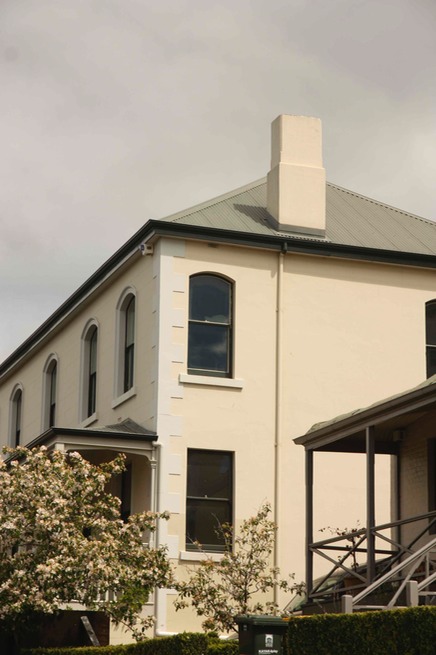
After the Princess Wharf was built in the 1880s the old Salamanca warehouses were freed for other uses, and new industries moved in, including an iron smelter, metal foundries, noxious trades involving skins and hides, glue and jam factories, a steam laundry, bark mill and operations that preserved fruit and vegetables. There was also the Anglo-American Guano Company, producing fertiliser from seabird droppings.
The maritime side of things began to decline as overseas owned shipping companies forced local companies out of business, and wooden ships were replaced by steel vessels. As a result, ship building went into a slow decline, although maritime industries continued to be the main source of employment.
Through the first few decades of the twentieth century, Battery Point became increasingly run down, largely rental accommodation as young families left for new housing developments and the population gradually withered, reaching a low point in 1954. Under such circumstances, the area was a prime candidate for some form of urban renewal, with proposals to tear down all the old buildings and replace them with modern unit developments.
The cost involved was one stumbling block, opposition from a group of residents who formed the Battery Point Progress Association was another, as the University of Tasmania campus at Sandy Bay was extended students began to move in. The suburb began to acquire a Bohemian reputation, but proximity to the city made it a prime target for developers, and through the 1960s and 1970s Battery Point was the site of confrontations between developers and conservationists, complete with BLF Green Bans on some proposed developments. A simultaneous gentrification and recycling of old buildings resulted in the streetscape you see today.